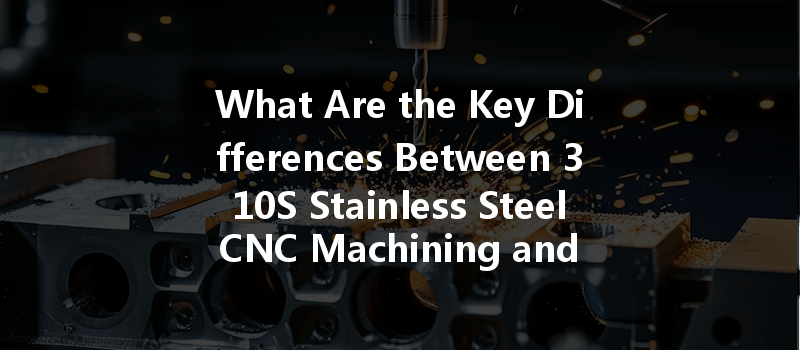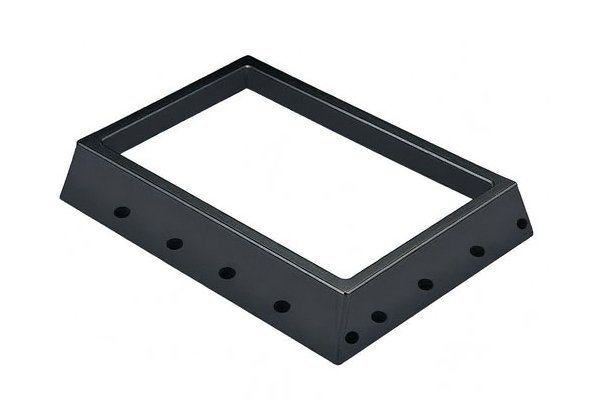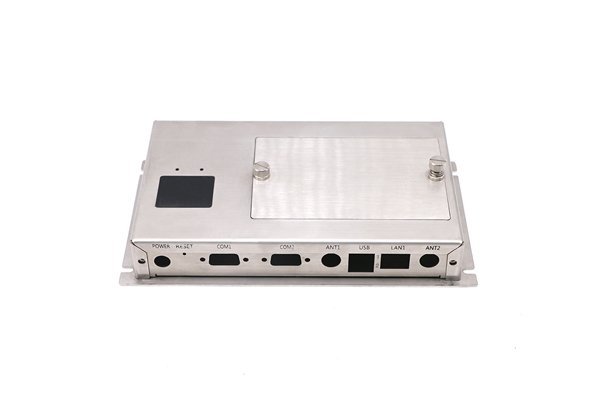Opening
Did you know that stainless steel accounts for nearly 70% of global steel production? With its excellent resistance to corrosion and high temperatures, it’s a leading material in many industries, including automotive, aerospace, and construction. However, not all stainless steel is created equal, and one lesser-known but highly favored variety is 310S stainless steel. In this blog, we will explore the key differences between 310S stainless steel CNC machining and other types of stainless steel, why these differences matter, and when to choose 310S for your manufacturing needs.
Understanding Stainless Steel Grades
Before diving into the specifics of 310S stainless steel, it’s essential to understand the grading system for stainless steels. Stainless steel grades are categorized based on their chemical composition, and each grade has unique properties that make it suitable for various applications.
Common Grades of Stainless Steel:
What is 310S Stainless Steel?
310S stainless steel is an austenitic, low-carbon version of the 310 grade, designed to enhance its resistance to carbon precipitation during welding and to improve its overall corrosion resistance. Characterized by its high chromium (approximately 25%) and nickel (approximately 20%) content, it offers remarkable properties:
CNC Machining: An Overview
CNC (Computer Numerical Control) machining is a subtractive manufacturing process that automates the operation of machine tools through computerized controls. It enables highly precise machining of various materials, including metals like stainless steel. However, the unique properties of different stainless steel grades, including 310S, require specialized CNC machining processes and techniques.
Key Differences in CNC Machining 310S Stainless Steel vs. Other Stainless Steels
Now, let’s delve into the key differences when machining 310S stainless steel in comparison to 304, 316, and other stainless steels.
Solution: Use carbide tools with an appropriate coating (like TiAlN) to reduce friction and heat during machining 310S. Adjusting machining parameters (speed, feed rate) can also mitigate tool wear.

Solution: Engage with manufacturers who specialize in heat treatment processes to ensure optimal results.
Solution: Implement adaptive feedback systems to customize feed rates in real-time to account for the variations in material hardness as it is being machined.
Solution: Engage with a specialist in cutting fluids who can recommend fluids based on your specific machining conditions and stainless steel grades.
Solution: Utilize advanced CNC machining technologies like multi-axis machining to ensure the highest level of precision required for 310S stainless steel components.
When Should You Choose 310S Stainless Steel for CNC Machining?
Choosing the appropriate stainless steel grade for your CNC machining project is crucial. Here are some scenarios where 310S might be the best choice:
Understanding the differences between 310S stainless steel CNC machining and other stainless steel types is critical for making informed manufacturing decisions. 310S boasts exceptional high-temperature and oxidation resistance, but it also demands specific machining considerations to achieve the best results.
In summary, when choosing a stainless steel grade for CNC machining, take into account work hardening rates, heat treatment processes, machining speeds, cutting fluids, and required tolerances. By carefully considering these factors, manufacturers can optimize their processes and deliver reliable, high-quality products.
This blog underscores the importance of selecting the appropriate materials and machining protocols in an increasingly competitive manufacturing landscape. Remember, making informed choices today can lead to innovations in tomorrow’s industrial applications. The world of stainless steel machining is intricate but well worth the investment of time to understand fully.






